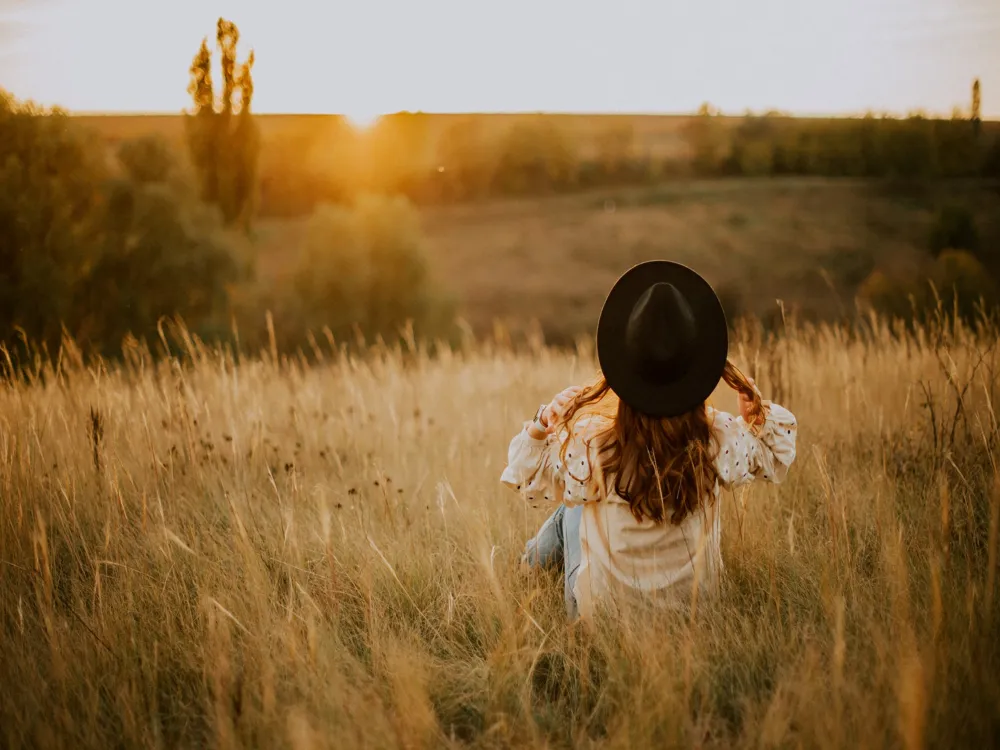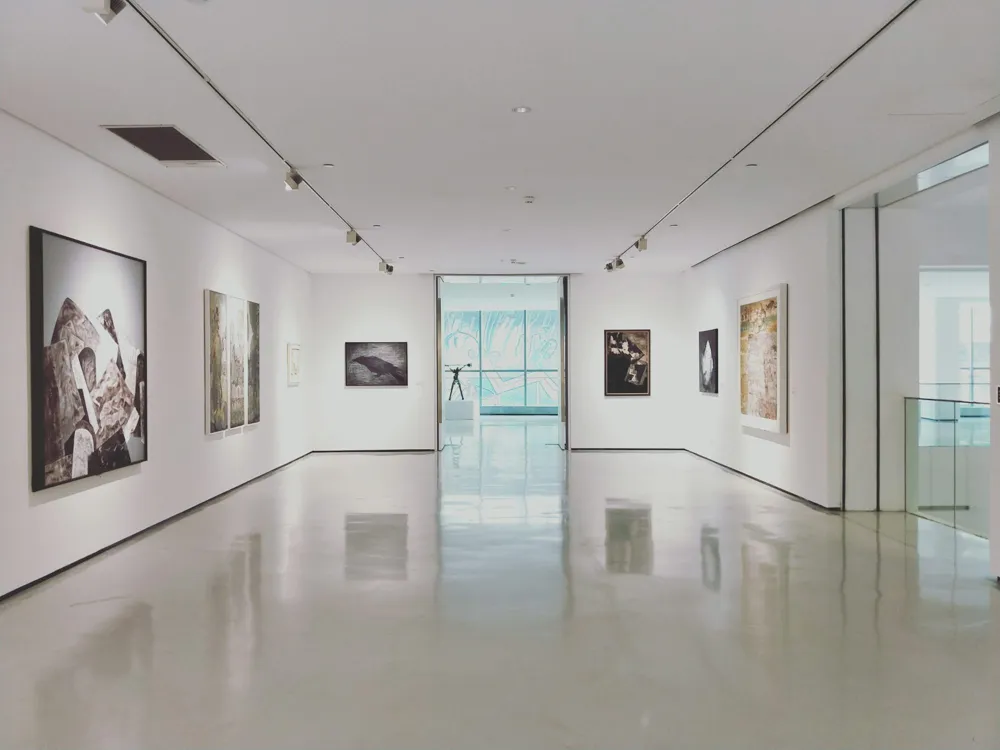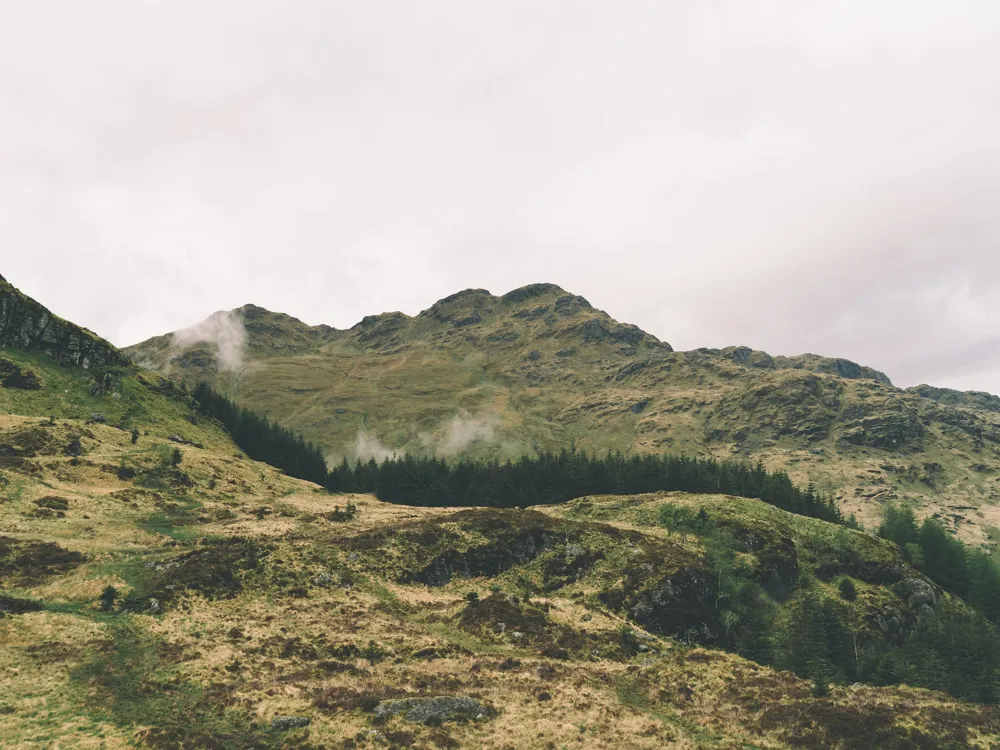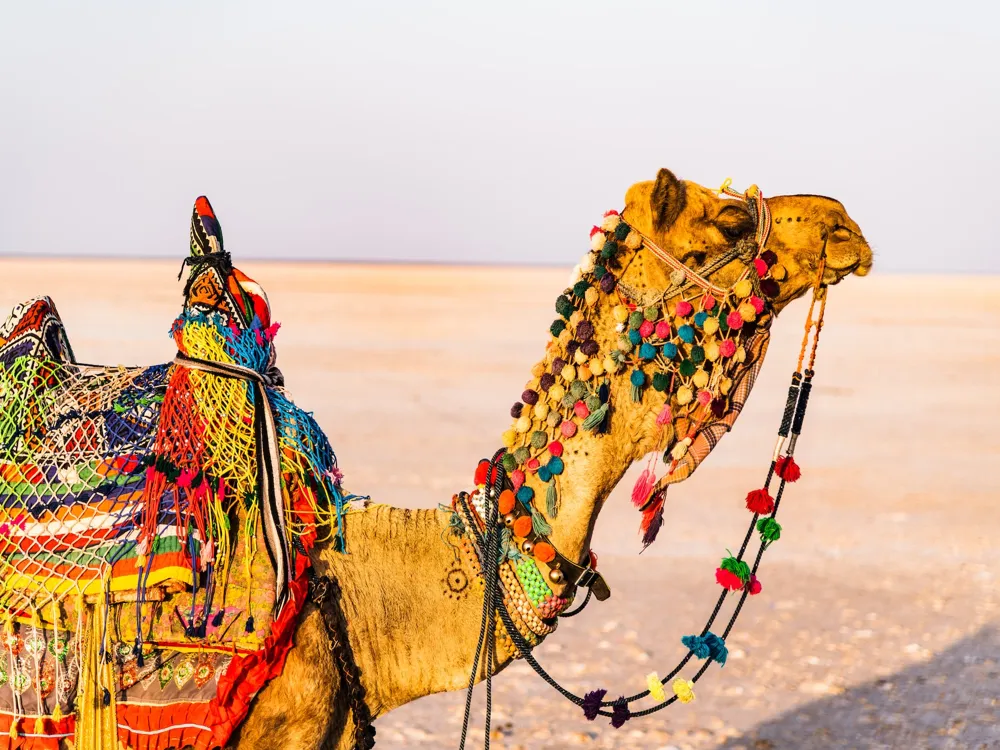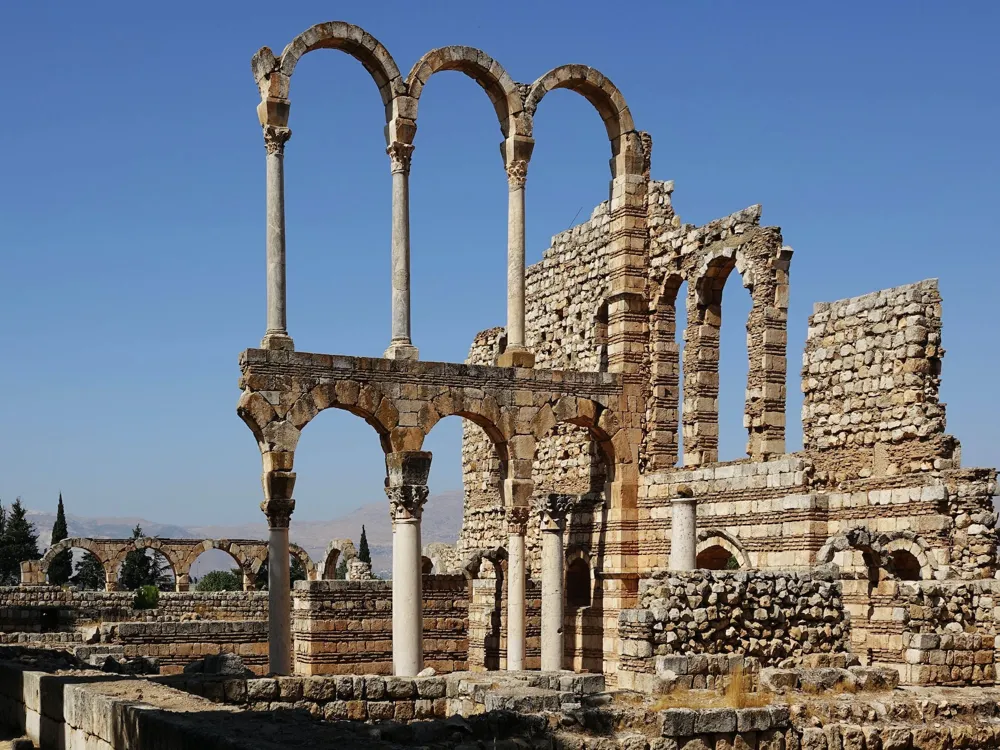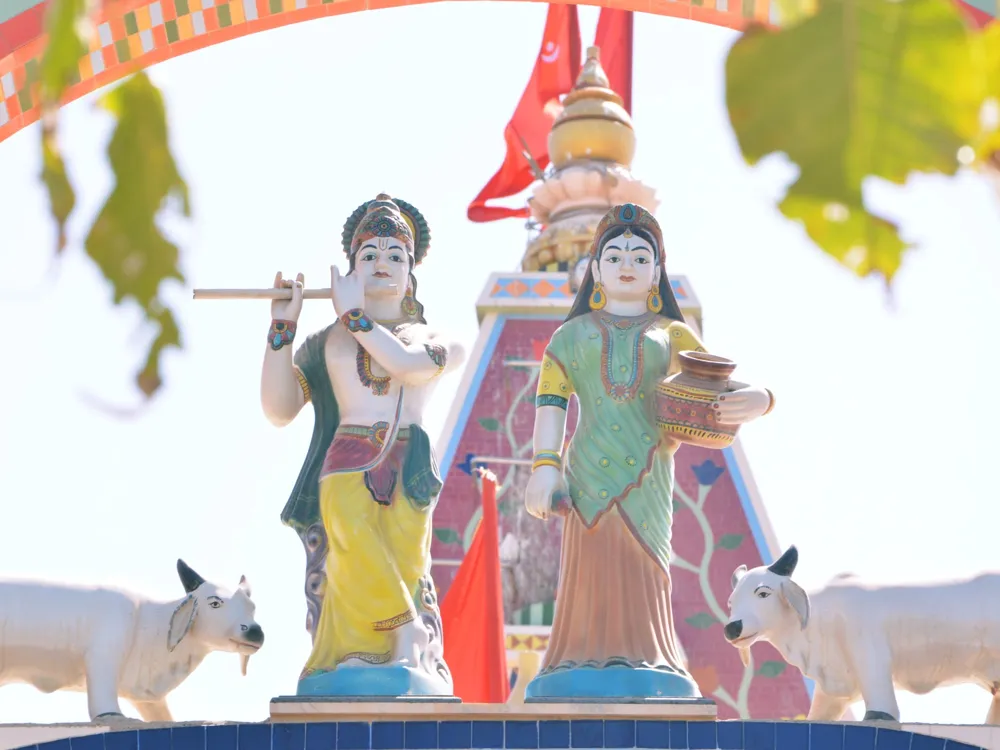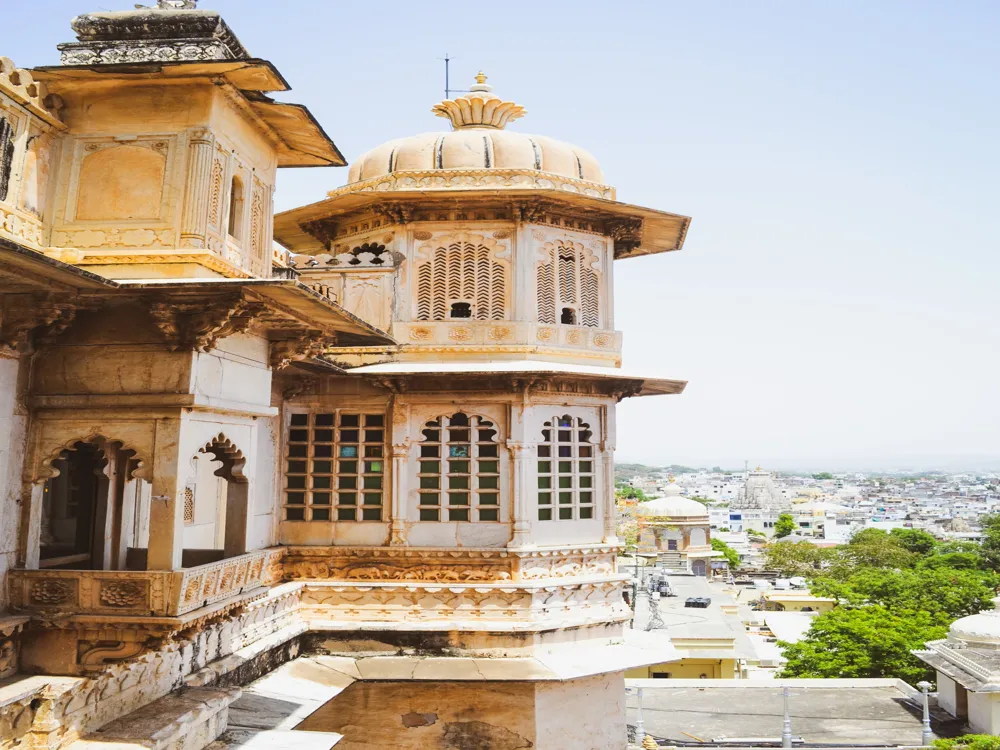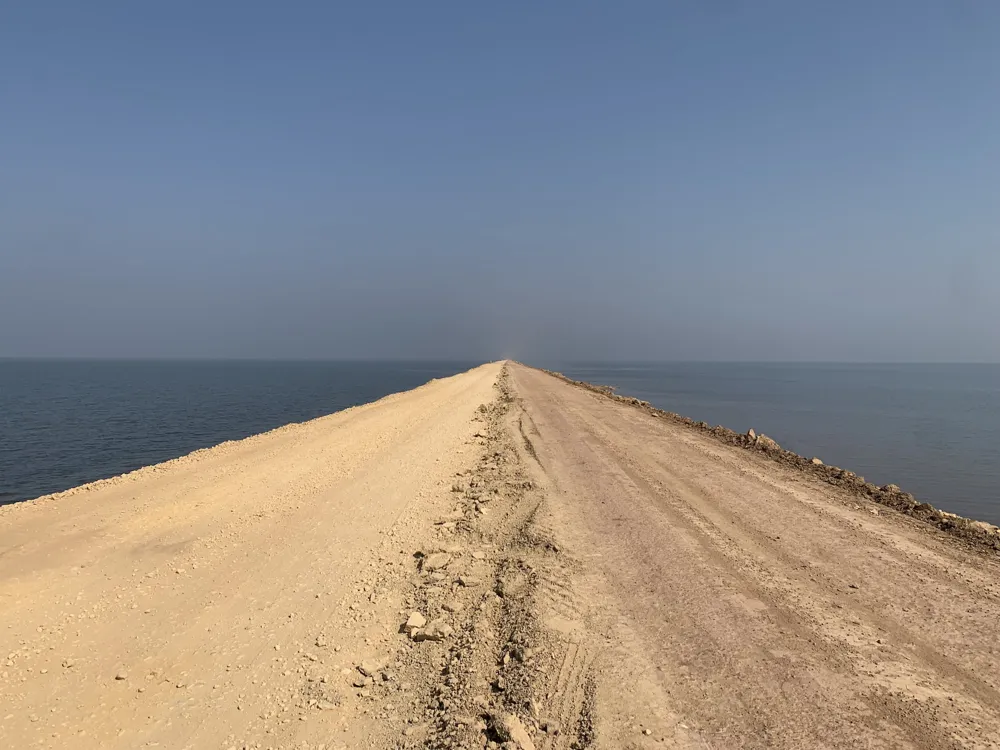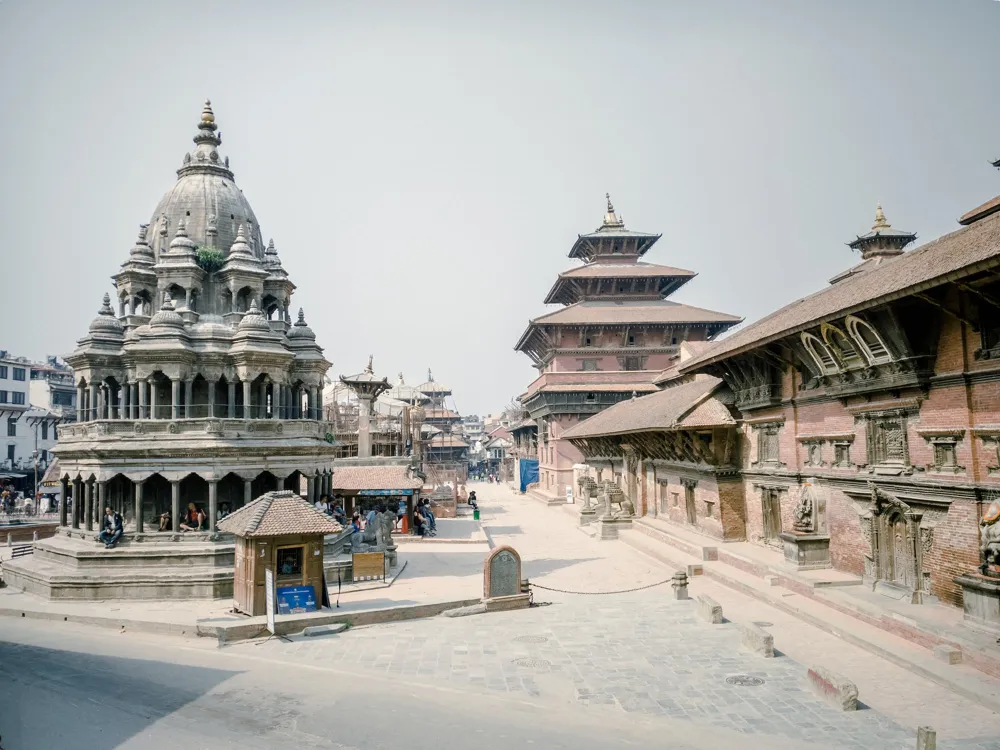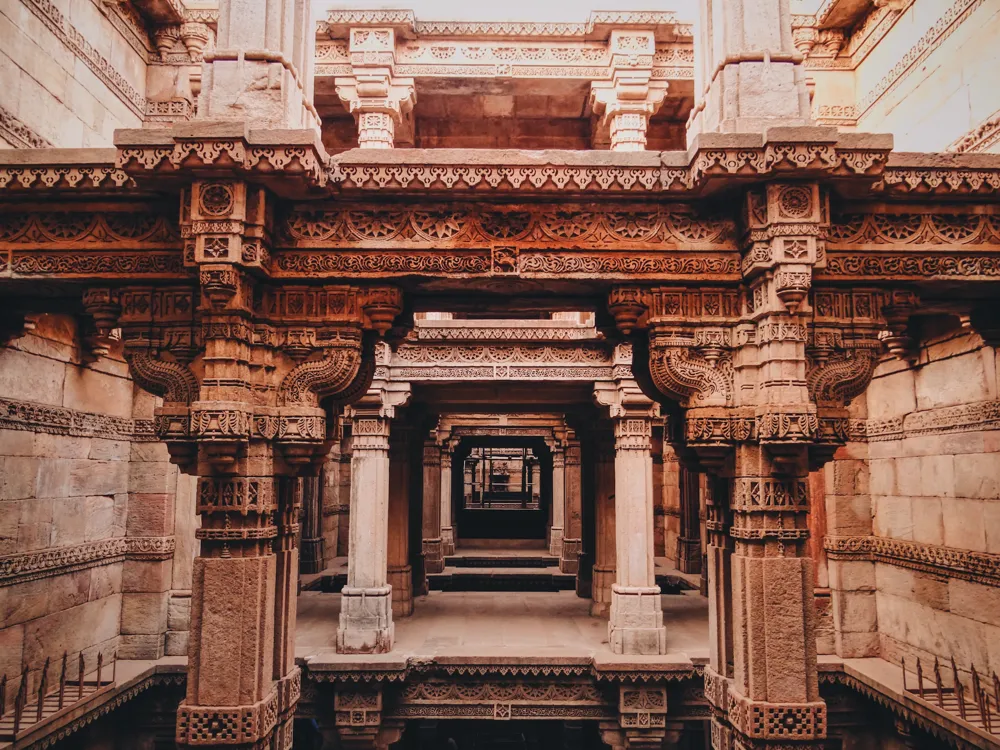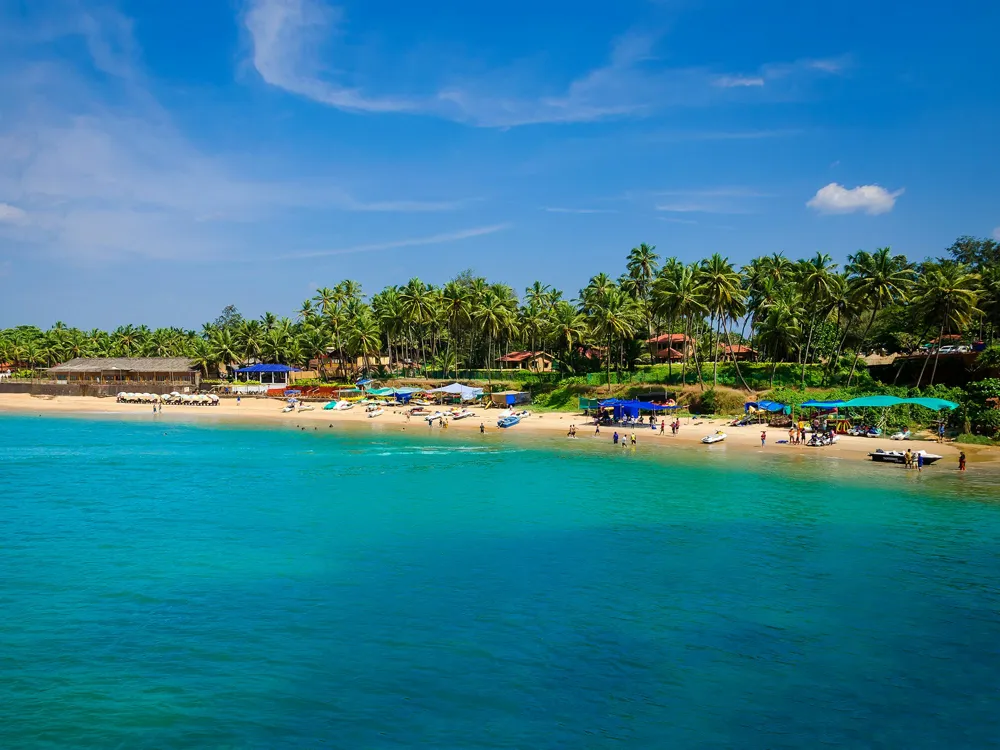The White Desert of Kutch, also known as the Rann of Kutch, is a unique natural wonder located in the Thar Desert in the Kutch district of Gujarat, India. This vast expanse of salt marshes covers an area of about 7,505 square kilometers, making it one of the largest salt deserts in the world. The desert is renowned for its surreal landscape, especially during the Rann Utsav, a festival that celebrates the region's cultural and artistic heritage. The White Desert comes to life post monsoon when the flat desert of salty clay and mudflats, which becomes dry during the winter, turns into a spectacular white landscape. The transformation of the desert throughout the seasons is a captivating sight, with the wet season bringing a different kind of beauty to the area. This seasonal phenomenon is due to the desert's unique geographical location between the Gulf of Kutch and the mouth of the Indus River in southern Pakistan. Historically, the Rann of Kutch has been a significant area for trade routes that linked Gujarat with Sindh. Today, it attracts thousands of tourists from around the world who come to witness its stunning white salt encrusted ground that creates an illusion of infinity under the clear blue sky. The desert is also home to a wide variety of wildlife, including the famous Indian Wild Ass and numerous species of migratory birds. One of the most remarkable features of the White Desert is the phenomenon of Chir Batti (Ghost Lights), mysterious lights that appear at night and are believed to be spirits by the local folk. The folklore and mystery surrounding these lights add to the desert's enchanting aura. The Rann of Kutch also holds a strategic position on the border between India and Pakistan, adding to its geopolitical significance. Overall, the White Desert of Kutch offers a mesmerizing experience, blending its unique natural beauty with rich cultural traditions, making it a must-visit destination for travelers seeking something truly extraordinary. The architecture in the White Desert of Kutch is a fascinating amalgamation of cultural influences and environmental adaptations. The primary architectural features in this region are the 'Bhungas,' traditional mud houses that are circular in shape and known for their ability to withstand the harsh desert climate. These dwellings have thick walls and small windows, which keep the interiors cool during the scorching summers and warm during the chilly winters. Bhungas are often beautifully decorated with intricate mirror work and hand-painted motifs, reflecting the rich artistic heritage of the Kutch region. This decoration not only serves an aesthetic purpose but also has cultural significance, representing various aspects of the local community's lifestyle and beliefs. In addition to Bhungas, the region is dotted with historical monuments and ruins that speak volumes about its rich history. The architectural styles seen here are influenced by various periods and rulers, including the Rajputs, Sultans, and British colonialists. These structures often feature a blend of Islamic and Hindu design elements, showcasing the diverse cultural influences that have shaped the region over centuries. Another significant architectural feature in the White Desert is the Kala Dungar or Black Hill, the highest point in Kutch. The hill offers a panoramic view of the entire desert and is home to the famous Dattatreya Temple, an ancient shrine with a unique architectural style that combines local and traditional designs. The temple's location and construction are believed to be in harmony with the desert's mystical energy, making it a popular spot for both pilgrims and tourists. The architecture of the White Desert of Kutch is not just about the structures but also about the way these structures blend with the landscape, creating a harmonious balance between human habitation and the natural environment. This unique architectural approach makes the White Desert an architectural marvel in its own right, offering insights into the ingenuity and resilience of the people of Kutch. The best time to visit the White Desert of Kutch is from October to March, during the winter season when the weather is cooler and the desert transforms into a surreal white landscape. Plan your visit during the Rann Utsav, a cultural festival that takes place between November and February, to experience the local culture, crafts, and cuisine. Consider staying in traditional Bhungas or tents to enjoy an authentic experience of Kutch culture and hospitality. Visit the nearby wildlife sanctuaries, especially the Indian Wild Ass Sanctuary, for a chance to see unique wildlife and migratory birds. Don't miss out on trying the local cuisine, especially dishes like Kutchi Dabeli and Bajra na Rotla, which are staples of the region. Carry sunscreen, hats, and ample water as the desert can get very hot during the day. Also, ensure to have comfortable walking shoes. The White Desert of Kutch is accessible by various means of transportation. The nearest airport is in Bhuj, which is well connected with major cities in India. From Bhuj, one can hire a taxi or take a bus to reach the desert, which is approximately 80 kilometers away. Additionally, Bhuj is also connected by railway, making it convenient for those who prefer train travel. For those driving, the desert is connected via well-maintained roads, offering a scenic journey through the Kutch region. Read More:Overview of the White Desert of Kutch, Bhuj, Gujarat
Architecture of White Desert of Kutch
Tips When Visiting White Desert of Kutch
Best Time to Visit
Cultural Events
Accommodation
Wildlife and Bird Watching
Local Cuisine
Travel Essentials
How To Reach White Desert of Kutch
White Desert of Kutch
Bhuj
Gujarat
NaN onwards
View bhuj Packages
Bhuj Travel Packages
View All Packages For Bhuj
Top Hotel Collections for Bhuj

Private Pool

Luxury Hotels

5-Star Hotels

Pet Friendly
Top Hotels Near Bhuj
Other Top Ranking Places In Bhuj
View All Places To Visit In bhuj
View bhuj Packages
Bhuj Travel Packages
View All Packages For Bhuj
Top Hotel Collections for Bhuj

Private Pool

Luxury Hotels

5-Star Hotels

Pet Friendly








